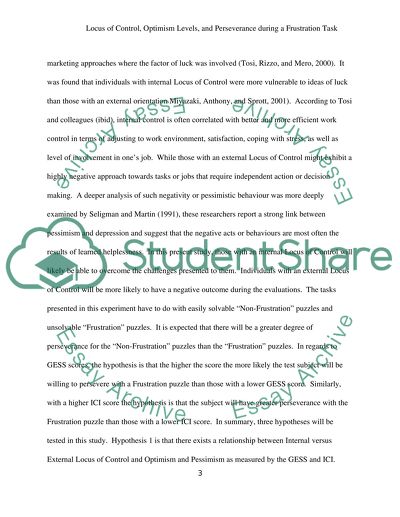Cite this document
(Locus of Control During a Frustration Task Report, n.d.)
Locus of Control During a Frustration Task Report. https://studentshare.org/psychology/1520011-locus-of-control-optimism-levels-and-perseverance-during-a-frustration-task
Locus of Control During a Frustration Task Report. https://studentshare.org/psychology/1520011-locus-of-control-optimism-levels-and-perseverance-during-a-frustration-task
(Locus of Control During a Frustration Task Report)
Locus of Control During a Frustration Task Report. https://studentshare.org/psychology/1520011-locus-of-control-optimism-levels-and-perseverance-during-a-frustration-task.
Locus of Control During a Frustration Task Report. https://studentshare.org/psychology/1520011-locus-of-control-optimism-levels-and-perseverance-during-a-frustration-task.
“Locus of Control During a Frustration Task Report”. https://studentshare.org/psychology/1520011-locus-of-control-optimism-levels-and-perseverance-during-a-frustration-task.


